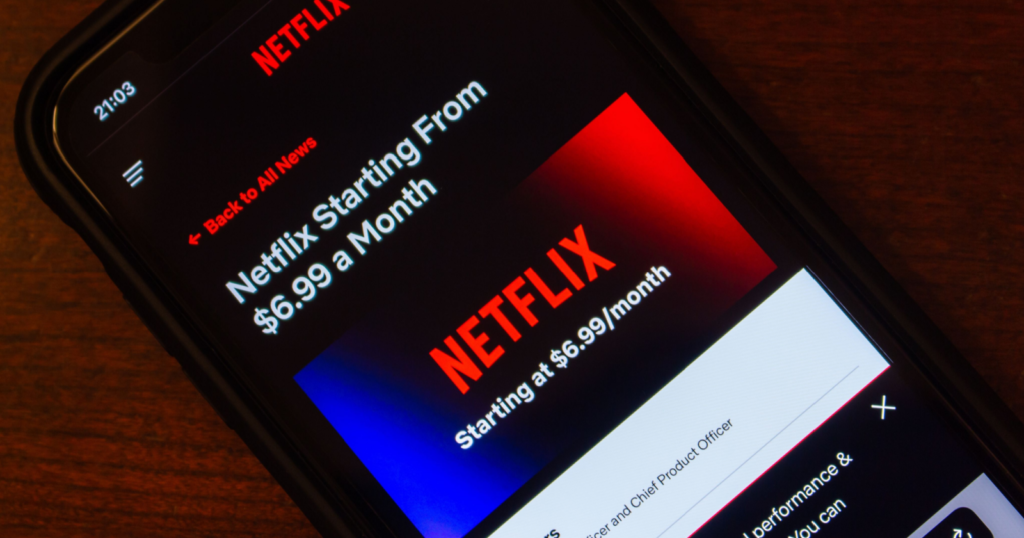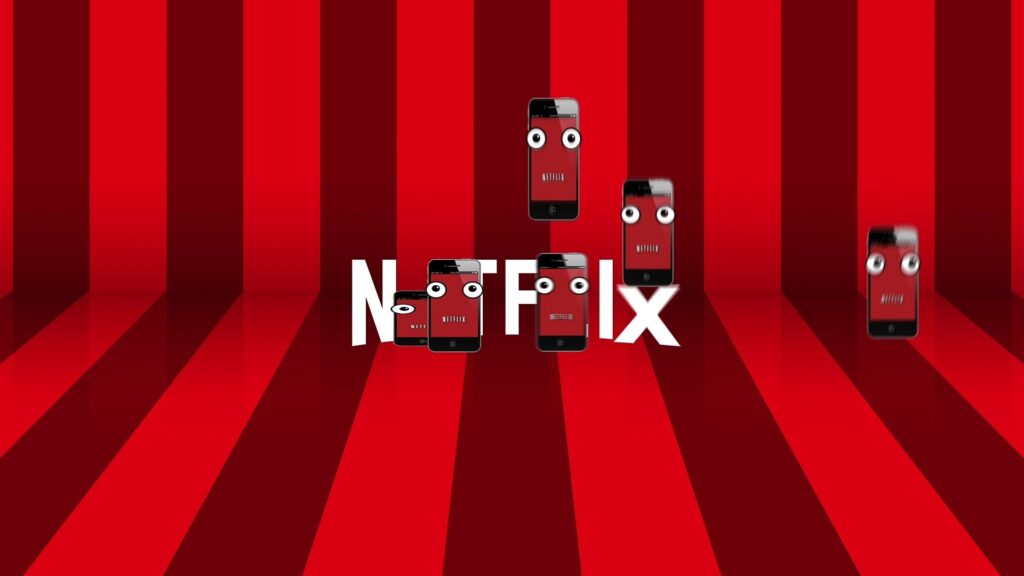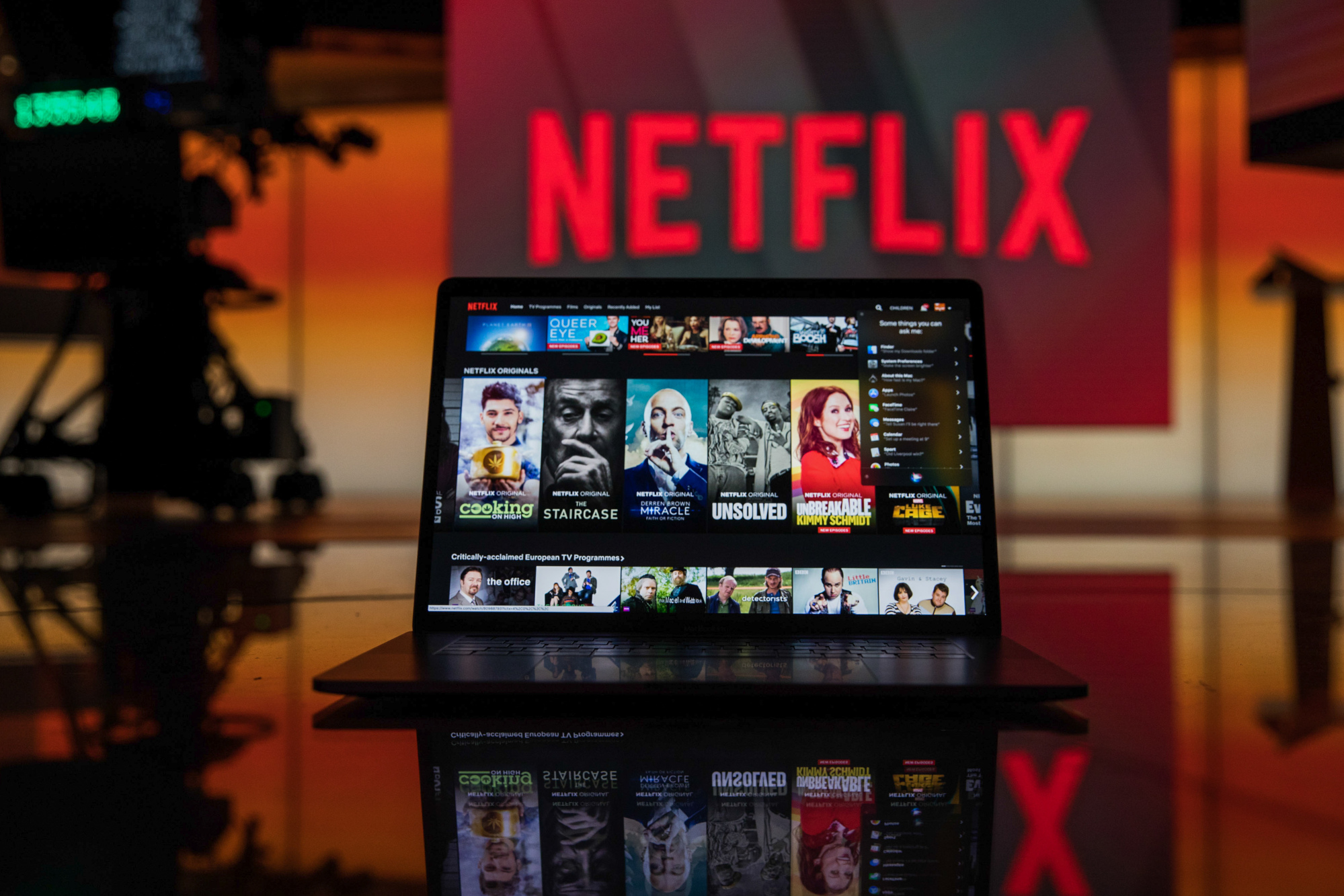Netflix’s Ad-Supported Tier: A Risky Gamble – Netflix, once the uncontested ruler of the streaming universe, is now navigating a risky game of trial and error with its new ad-supported tier. With 40 million monthly users, it seems like a goldmine. However, Netflix is struggling to get it right. It’s like watching someone juggle flaming torches while blindfolded—disaster feels imminent.
The streaming landscape has changed dramatically from when Netflix dominated. Back then, Netflix was synonymous with uninterrupted binge-watching, offering a vast library free from traditional TV interruptions. This was their golden promise. But as competition from Disney+, Hulu, and Amazon Prime Video intensified, Netflix needed to diversify its revenue streams. Enter the ad-supported tier—a seemingly brilliant idea that’s now showing significant cracks.
For years, Netflix resisted running ads, believing viewers valued the premium, ad-free experience. This differentiated them from cable and ad-supported services like Hulu. However, as growth plateaued and subscription fatigue set in, Netflix had to find new revenue streams. The ad-supported tier was introduced with much fanfare, initially appearing successful. But now, Netflix is struggling to balance its original vision with the demands of a new business model it doesn’t fully understand.

A Frustrating Ad Experience
When Netflix first introduced ads, skepticism was high. Critics questioned whether the platform could maintain its premium image while selling ad space. Today, Netflix has a thriving new revenue stream, but for viewers, it’s a frustrating experience. Signing up for the ad-supported tier, I hoped for a slightly interrupted but enjoyable experience. Instead, I was bombarded by the same ad repeatedly, in different formats and sizes. Alan Wolk, a respected industry voice, noted that Netflix’s ads are sold through multiple exchanges, resulting in repetitive ads within the same session. It’s a user experience nightmare with potential long-term consequences.
Netflix’s ad experience is a mess. The platform tries to accommodate every possible way to buy and sell ads—private marketplace deals, programmatic guarantees, and more. They’ve added tools like Google’s Campaign Manager and Innovid for impression verification and extended partnerships with DoubleVerify and Integral Ad Science for fraud and viewability checks. But instead of a seamless experience, they’ve created a confusing ad ecosystem. It’s enough to make seasoned marketing teams reconsider their streaming budgets.
The FAANG Illusion
Despite these issues, Netflix’s ad-supported tier is hailed as a success in some circles. This perception is driven by Netflix’s ability to generate hype. It’s why “FAANG” still includes Netflix, despite its differences from tech giants like Apple, Amazon, Meta, and Google. Netflix’s success in the ad space is a double-edged sword.
The success of Netflix’s ad-supported tier suggests streaming ads are the next big thing, driving more brands to shift dollars from traditional media to streaming platforms. This benefits the industry but also puts enormous pressure on Netflix to deliver results. If the ad experience remains clunky and repetitive, advertisers will question their investment. Once cracks appear, it could lead to a slippery slope to irrelevance.
Moreover, the belief that “as Netflix goes, so goes the industry” is problematic. It creates an illusion of growth and success that may not be accurate. Yes, the market is expanding, and more dollars are flowing into streaming, but if Netflix’s ad-supported model is flawed, it could lead to a bubble that’s bound to burst, affecting the entire streaming ecosystem.
Growing Pains of the Ad-Supported Tier
One of the most frustrating aspects of Netflix’s ad-supported tier is how half-baked it feels. For a company that perfected its user experience, the ad-supported model seems rushed and ill-conceived. Users report missing titles, inconsistent content availability, and an overall subpar experience. While the ad load is lighter than traditional TV—around four or five minutes per hour—Netflix hasn’t fully committed to making this tier work.
Adding to the frustration is Netflix’s decision to phase out its Basic plan, the cheapest ad-free option. This move feels like a bait-and-switch, pushing users towards the ad-supported tier. In markets like Canada and the UK, Netflix has retired the Basic plan, with the US and France next. It’s a risky move that could backfire if users feel forced into a subpar experience.
The most telling sign that Netflix’s ad-supported tier isn’t ready is its low fill rates. According to One Touch Intelligence, ad fill rates for the FAST channel market, including Netflix, hover around 38%. This means Netflix struggles to sell ad inventory, resulting in repetitive ads. It’s a classic case of quantity over quality, doing more harm than good.

Leadership Shakeups and Programmatic Pitfalls
Netflix seems aware of the issues, as evidenced by the departure of their top ad liaison, Peter Naylor. Naylor, a veteran, was brought in to help Netflix navigate advertising complexities, but his exit suggests ongoing struggles. The move towards programmatic channels to sell ad inventory indicates Netflix is trying to fix the problem, but it’s unclear if this will be enough.
Programmatic advertising could streamline the ad-buying process and improve fill rates, but it also brings challenges like ad fraud, viewability problems, and lack of transparency. If Netflix can’t handle these issues, they risk alienating advertisers further. With competition in the streaming space intensifying, Netflix can’t afford to drop the ball.
Conclusion on Netflix Ad-funded Tier Issues
Netflix’s foray into advertising feels like a series of missteps and missed opportunities. They have the audience, data, and potential to be a major ad player. But unless they deliver a seamless, engaging experience for viewers and advertisers, they risk losing their innovative edge. In streaming, content is king, but user experience is the kingdom. Netflix must get its act together or risk being dethroned.
Discover more from Rathergood TV
Subscribe to get the latest posts sent to your email.

